Navigating U.S. airports involves more than just catching a flight; it often means trekking a distance from check-in to boarding gate. Some airports add more stress to an already tense time as a result of crowds, delays, or long security lines.
This comprehensive guide ranks the longest and shortest walks at major U.S. airports, helping travelers plan their journey through these transit hubs.
Whether you’re racing to catch a flight or leisurely making your way to the gate, knowing what to expect on foot can dramatically ease your travel experience.
Denver International Airport (DEN)

Denver International boasts the longest public walkway in the U.S., with a distance of over a mile from the terminal to the furthest gates. This sprawling layout reflects its status as one of the largest airports globally. Passengers can opt for a shuttle service, but those who choose to walk can enjoy art installations along the way.
Hartsfield-Jackson Atlanta International Airport (ATL)
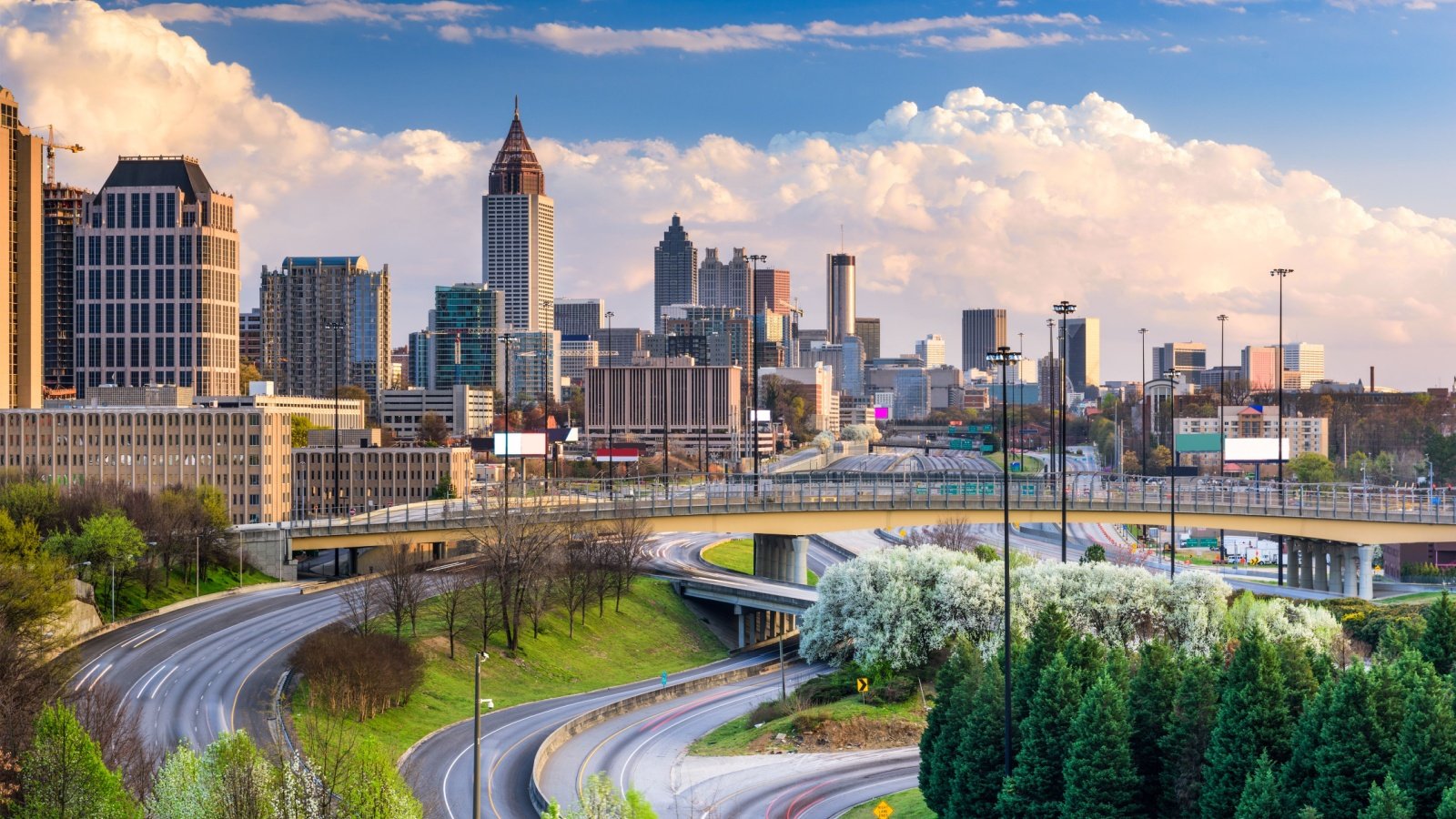
Atlanta’s airport, one of the busiest in the world, offers long walks due to its extensive layout. The walk between concourses can exceed a mile, depending on your route and gate assignment. Moving sidewalks and an efficient Plane Train help minimize the time on foot.
Detroit Metropolitan Airport (DTW)
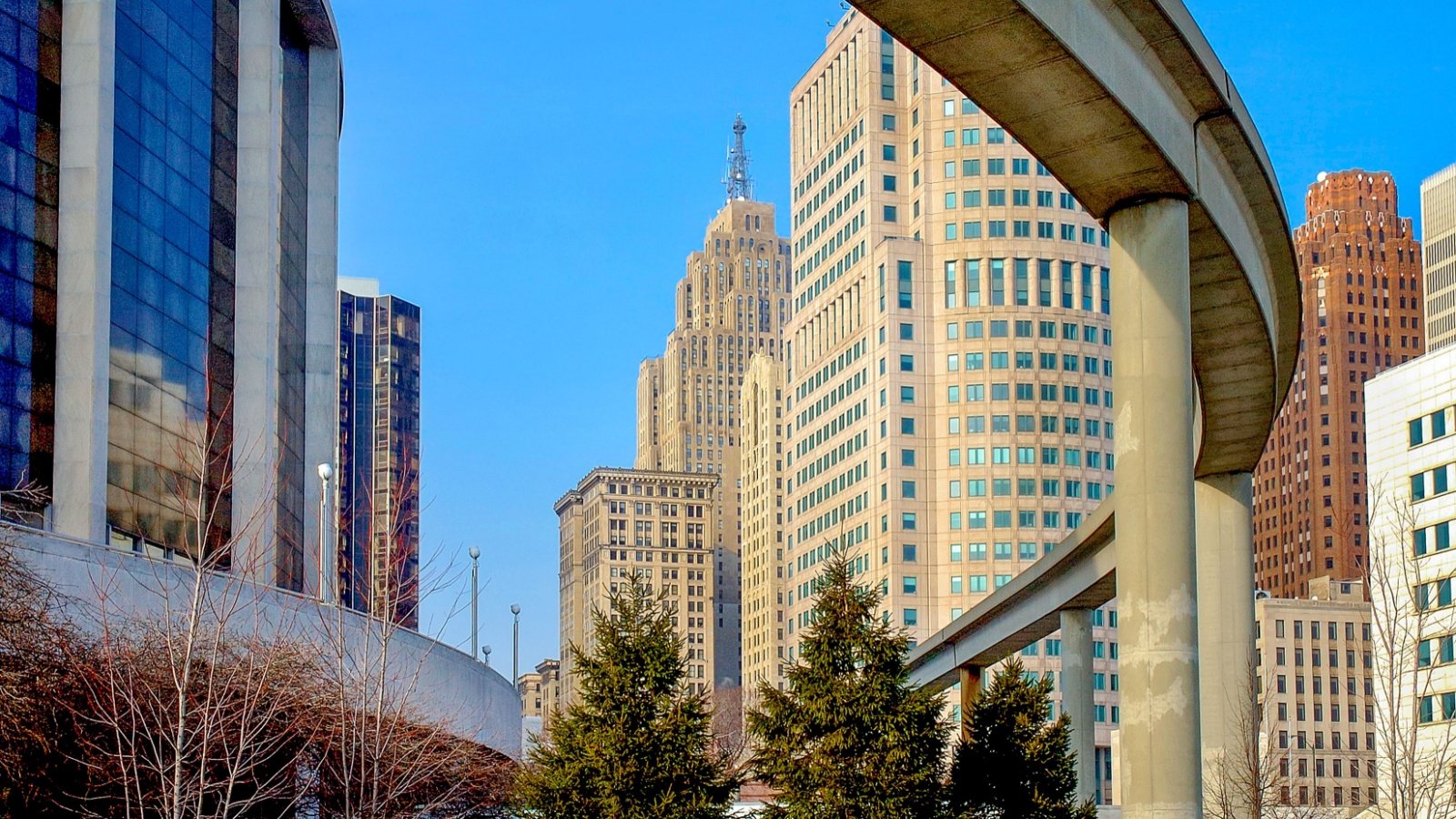
Detroit’s McNamara Terminal is famous for its ExpressTram, which covers the length of the terminal, which can be a 0.75-mile walk from end to end. Without the tram, it’s a significant trek along one of the world’s longest terminal concourses. Art and interactive displays along the walk make it a more enjoyable experience.
Orlando International Airport (MCO)

Orlando International requires a considerable amount of walking, especially for those traveling through its expansive terminal complexes. The walks can be long but are facilitated by numerous moving walkways. It’s a family-friendly airport with engaging displays that entertain children and adults alike.
Dallas/Fort Worth International Airport (DFW)
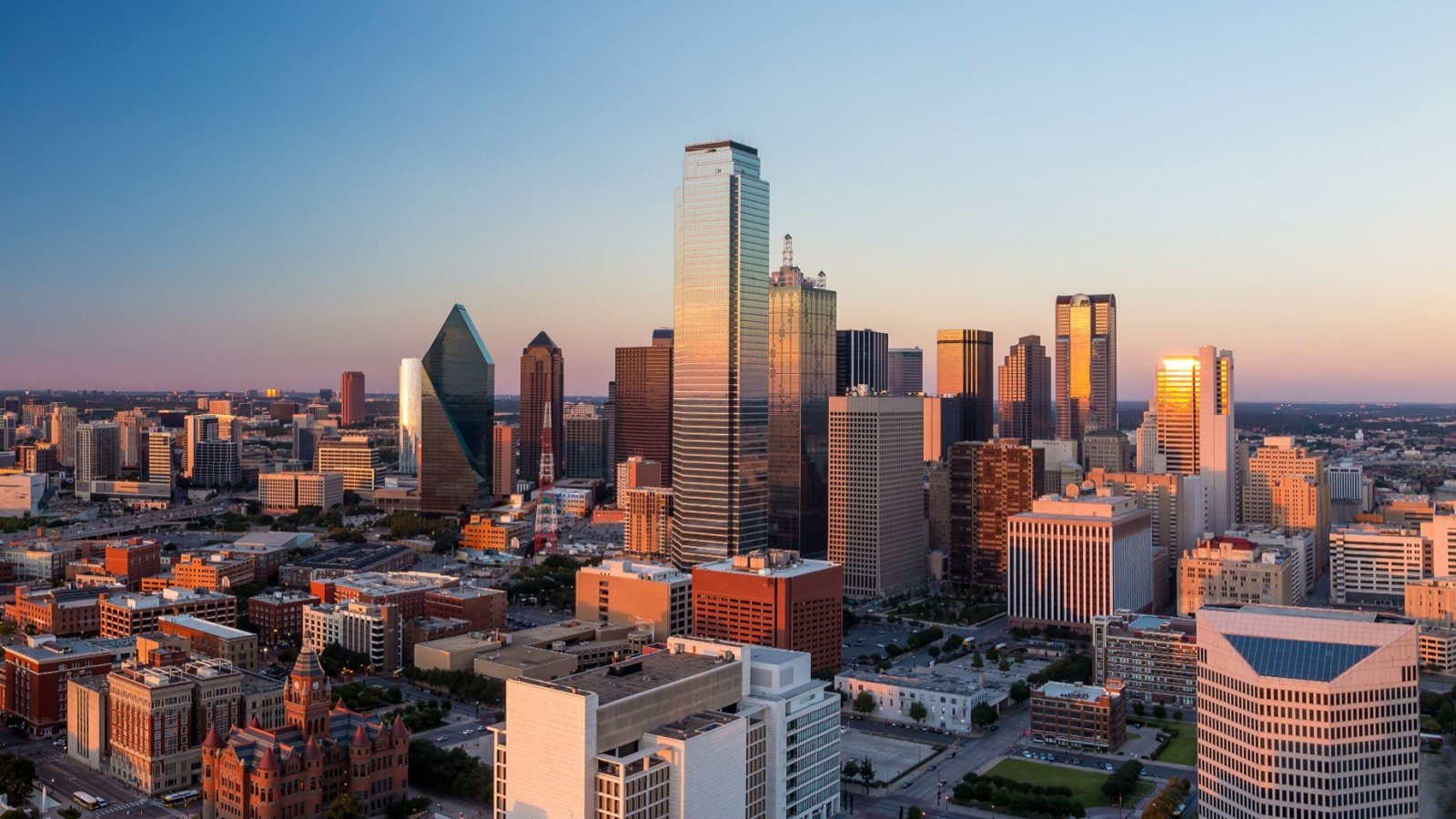
At DFW, one of the largest airports in the U.S., passengers might walk up to half a mile to their gates if they bypass the Skylink train. The airport’s five terminals are spread out over a large area, making Skylink a popular choice. Walking routes offer various shops and restaurants to explore.
Washington Dulles International Airport (IAD)
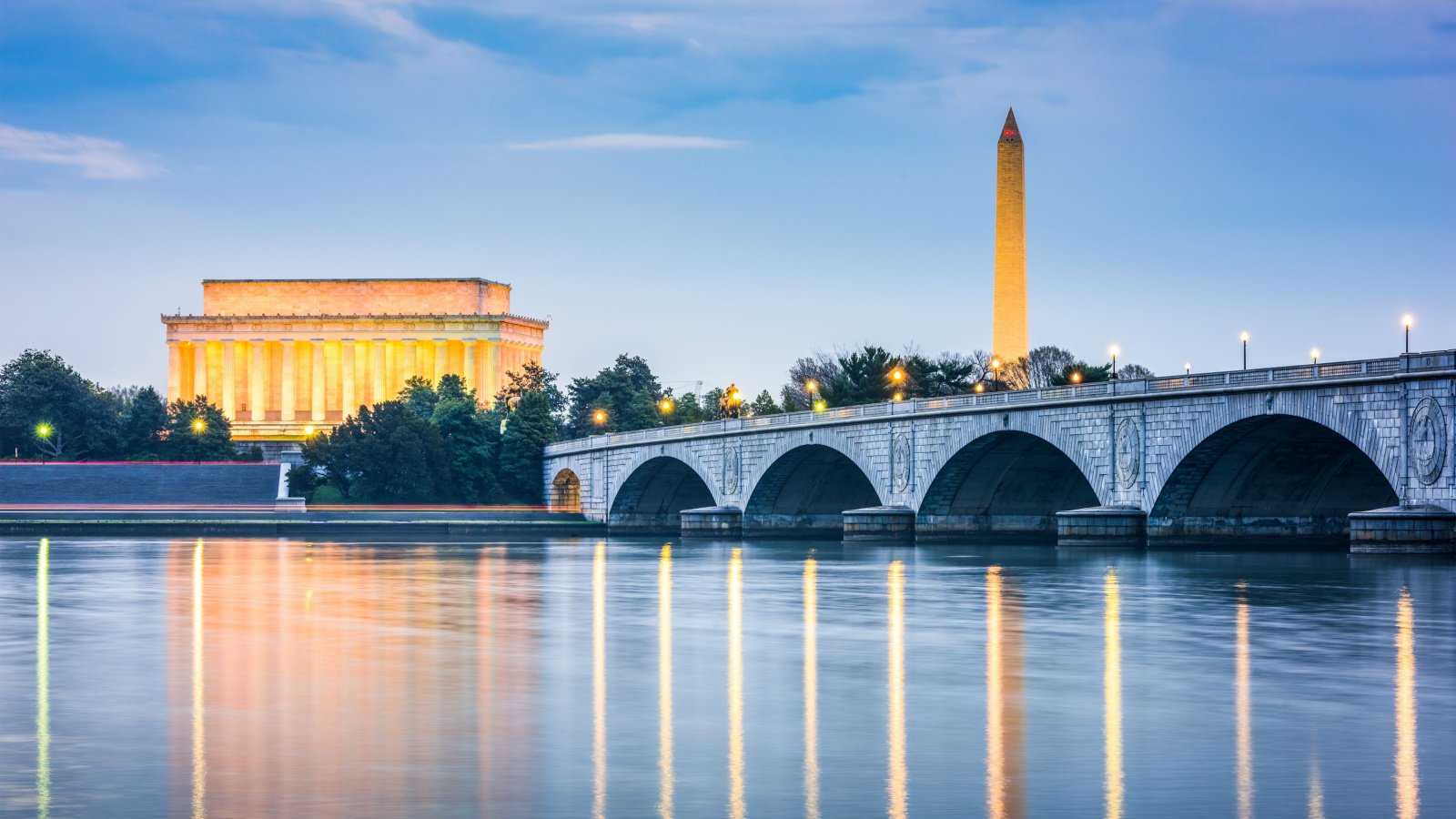
Dulles requires lengthy walks within its main terminal, with the farthest gates being a significant distance away. While mobile lounges and Aerotrains provide alternatives, walking offers a quieter journey. The architecture and occasional art pieces add to the visual appeal of the stroll.
Los Angeles International Airport (LAX)
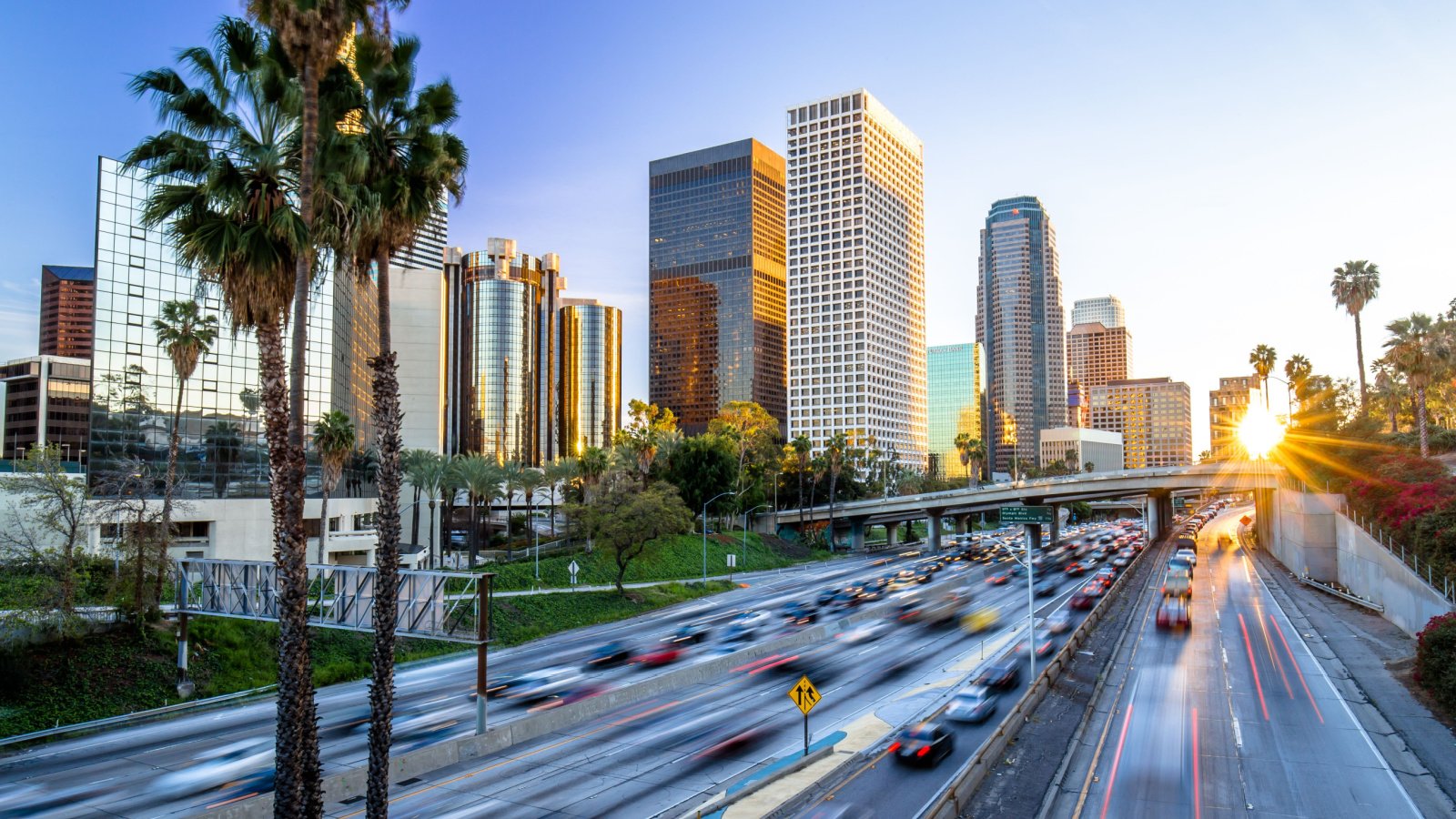
The walks at LAX can vary significantly, with Terminal 1 to Terminal 7 spanning over half a mile. Although there are shuttle buses, walking between terminals provides a good stretch between flights. The bustling corridors showcase a mix of luxury shopping and dining options.
Seattle-Tacoma International Airport (SEA)

Walking from the main terminal to the furthest satellite can take up to 20 minutes at SEA. The airport’s layout, while efficient, does require some endurance for foot traffic. Art and cultural exhibits along the corridors provide pleasant distractions.
San Francisco International Airport (SFO)
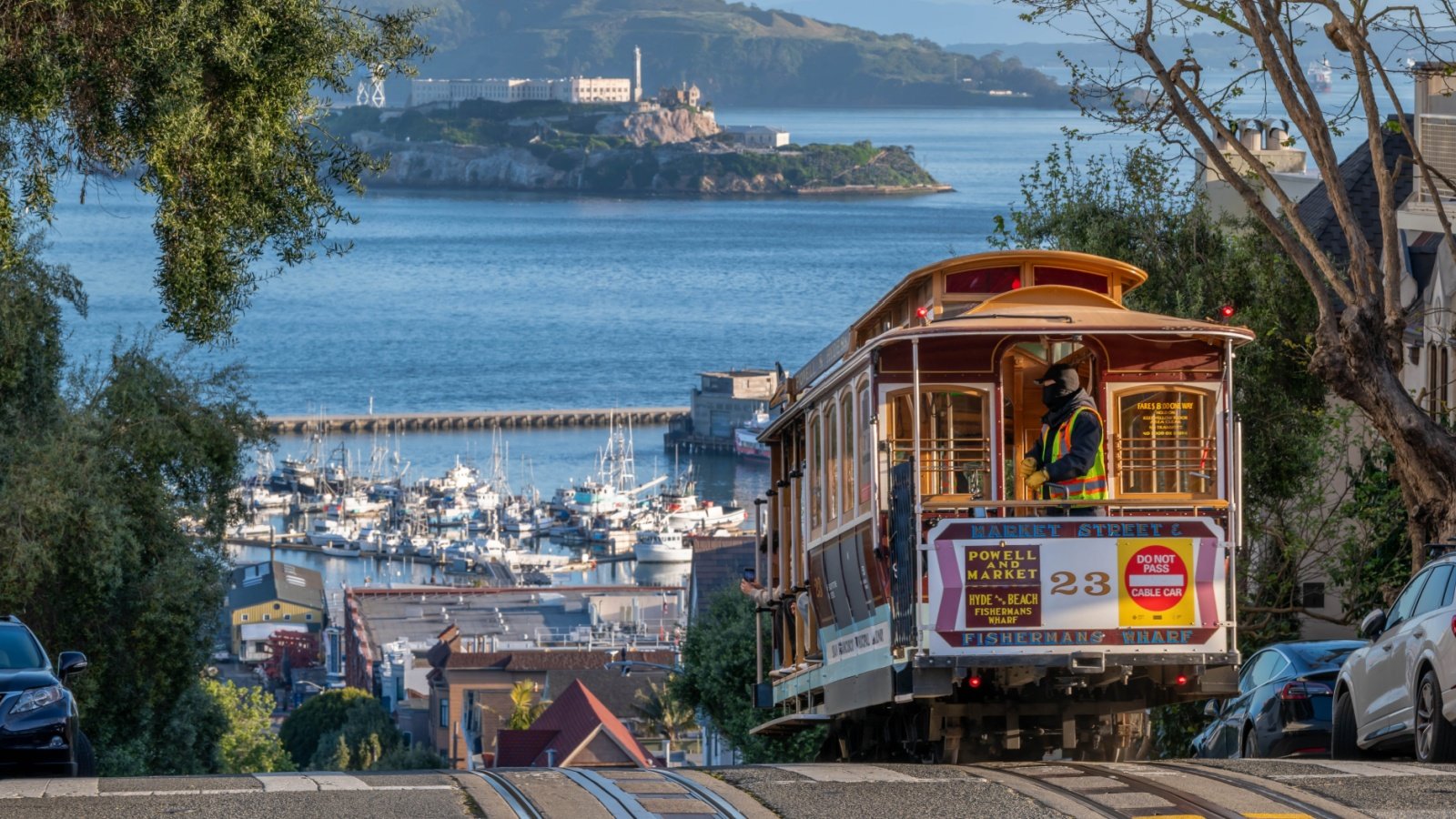
At SFO, the walk between the international terminal and the furthest domestic gates can be lengthy but is made easier with moving walkways. The airport features engaging art exhibitions and installations that enrich the walking experience. Its commitment to sustainability is evident in its design and services.
Chicago O’Hare International Airport (ORD)

O’Hare’s sprawling nature means some inter-terminal walks can be quite long, sometimes taking 15-20 minutes. The airport provides clear signage and moving walkways to assist in these longer treks. Its recent renovations aim to improve passenger flow and reduce walking times.
Newark Liberty International Airport (EWR)
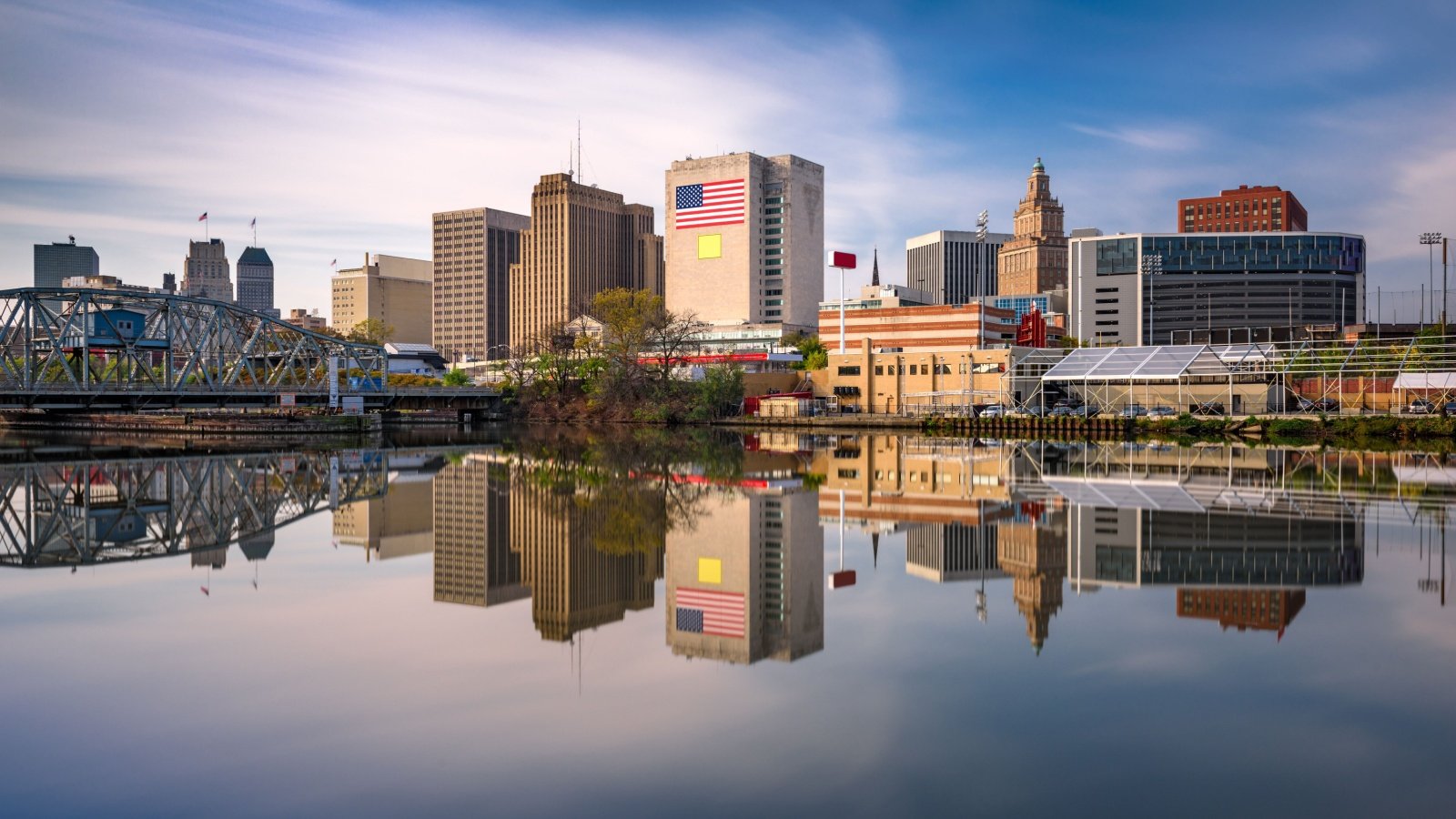
Walking from one end of Terminal B to the other can exceed half a mile at Newark. While AirTrain Newark aids in longer transits between terminals, within-terminal walks remain substantial. The terminal offers diverse culinary and retail options to enjoy along the way.
Minneapolis-St. Paul International Airport (MSP)
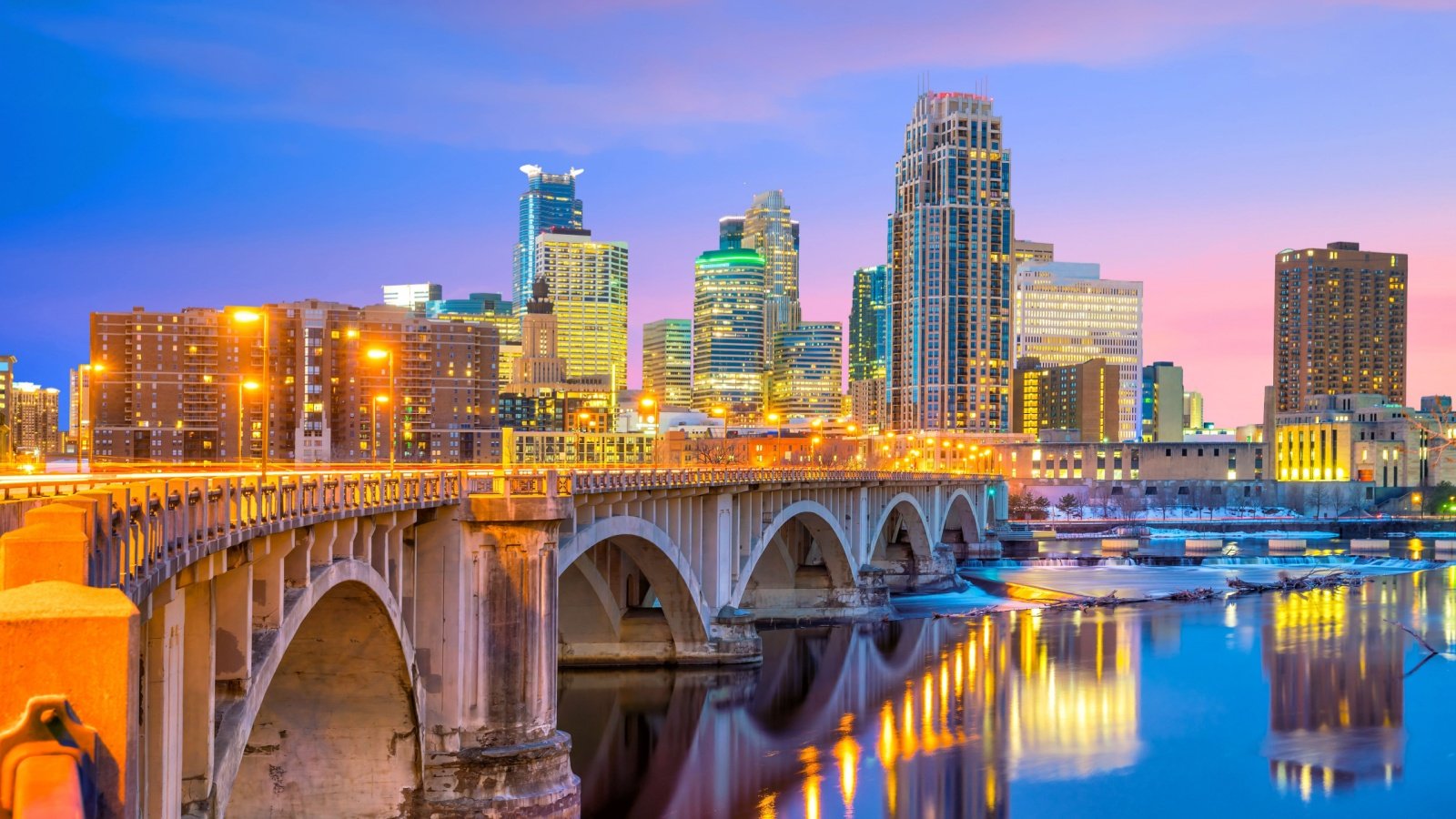
At MSP, walking between the furthest gates in Terminal 1 can take a significant amount of time. This airport is designed with convenience in mind, featuring numerous art displays and seating areas to break up the walk. Moving walkways and clear directional signs help speed up the journey.
Boston Logan International Airport (BOS)

Boston Logan’s compact design means shorter walks, typically no more than 10 minutes, even when navigating between terminals. Shuttle services are available, but most paths are manageable on foot. The airport features innovative environmental design elements that make even short strolls enjoyable.
Philadelphia International Airport (PHL)
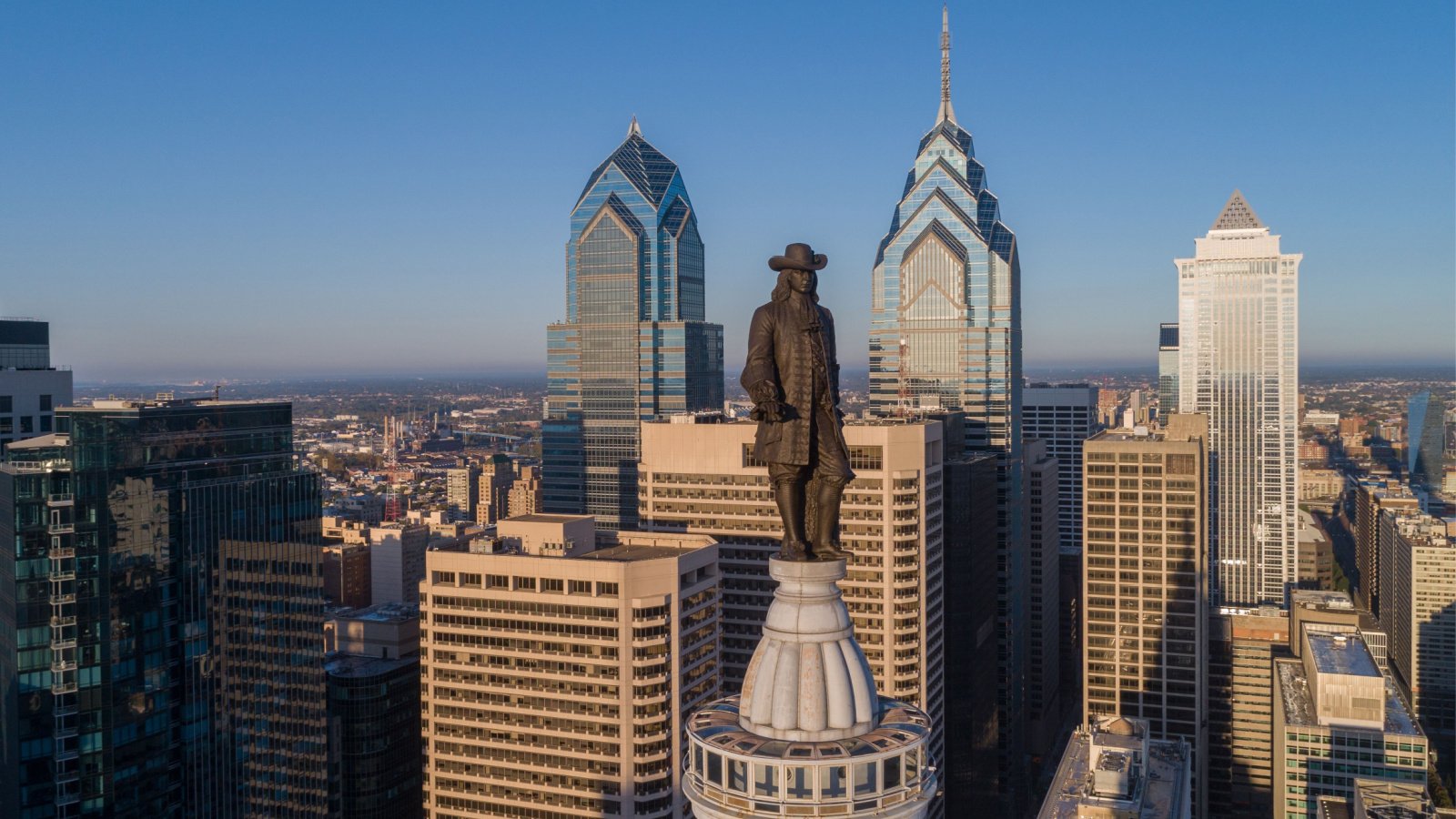
Philadelphia’s layout generally allows for short walks, rarely exceeding 15 minutes from security to any gate. The airport’s manageable size and helpful signage facilitate quick transitions. Frequent flyers appreciate the airport’s efficiency and straightforward design.
Portland International Airport (PDX)

PDX is renowned for its convenience, with none of the walks between gates taking more than 15 minutes. The airport’s compact design and amenities, such as local shops and restaurants, make any transit pleasant. PDX often receives accolades for its user-friendly layout.
San Diego International Airport (SAN)
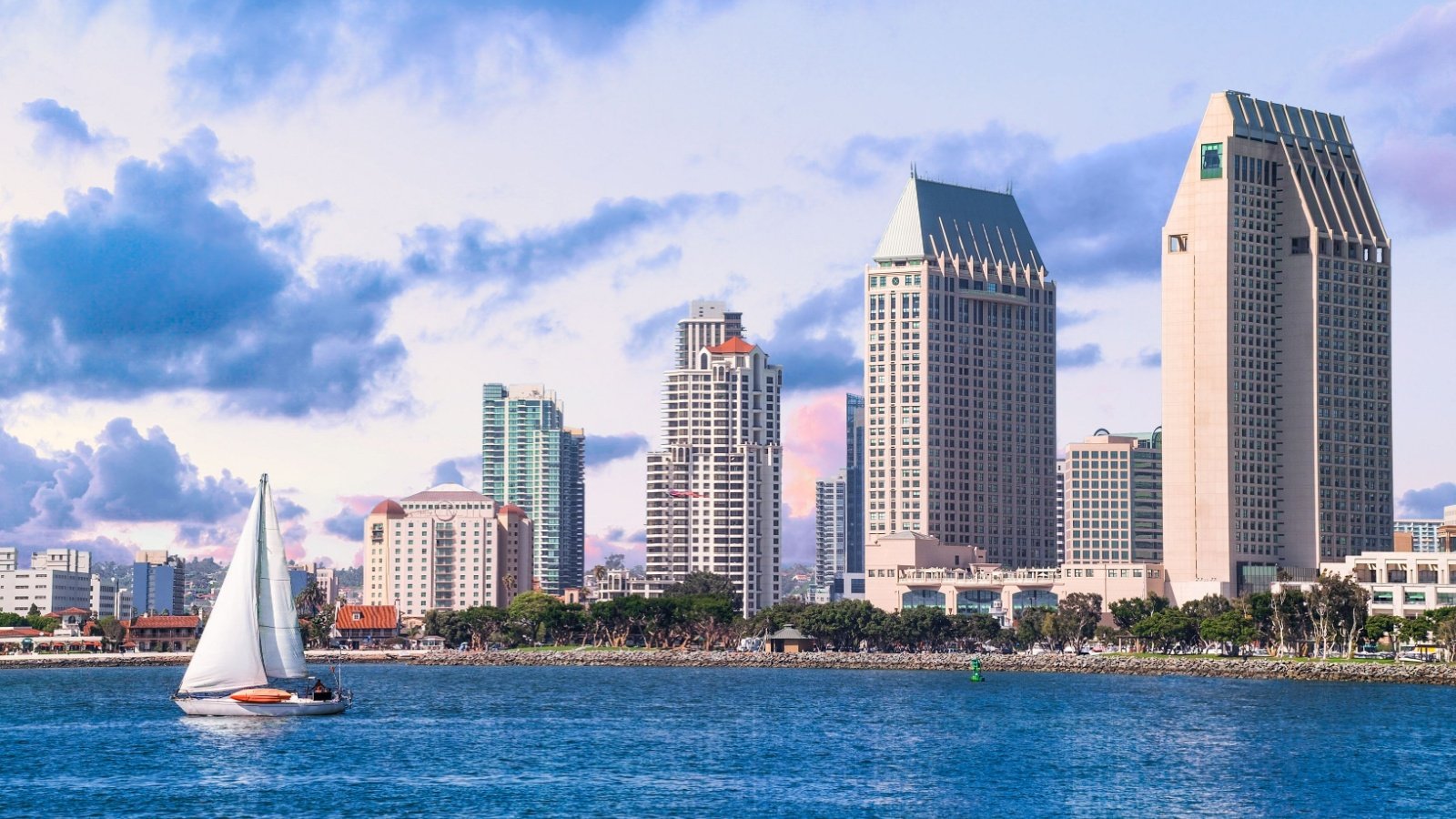
San Diego’s airport is small enough that no gate is more than a 10-minute walk from the security checkpoint. This ease of navigation makes SAN a favorite among travelers who dislike long airport walks. The terminal features art and cultural exhibits that reflect the city’s vibrant scene.
Miami International Airport (MIA)

While some walks can be long, especially in the newly expanded terminals, MIA still offers shorter walks compared to other major hubs. Efficient layout and numerous amenities along the way make these walks less daunting. Its vibrant decor and lively atmosphere reflect Miami’s culture.
Kansas City International Airport (MCI)
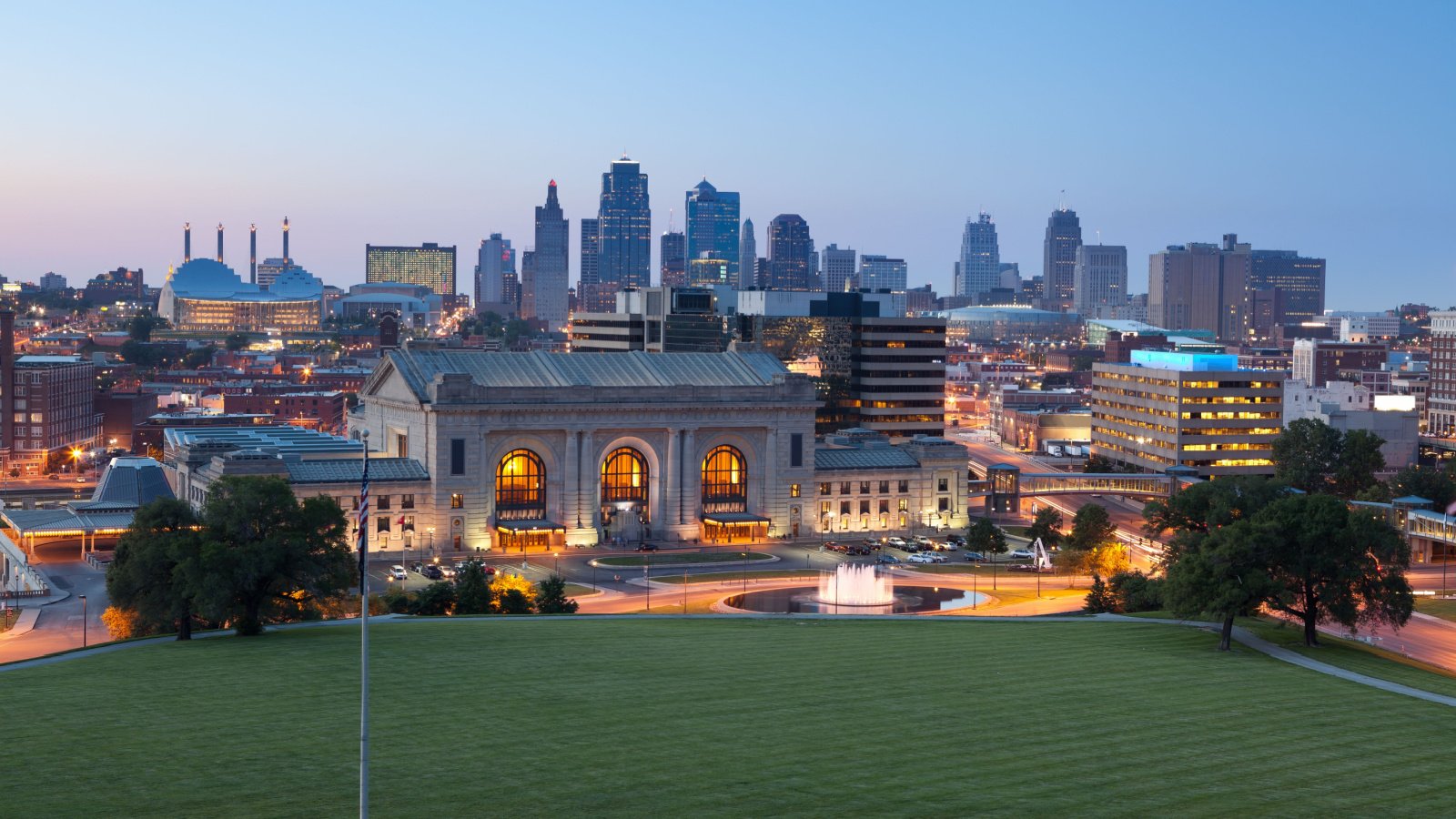
MCI is known for its unique structure, which has short walks thanks to its multiple small terminals. This design minimizes walking times significantly, often under five minutes to reach any gate from security. The airport’s convenience is a major reason for its popularity among business travelers.
Sacramento International Airport (SMF)
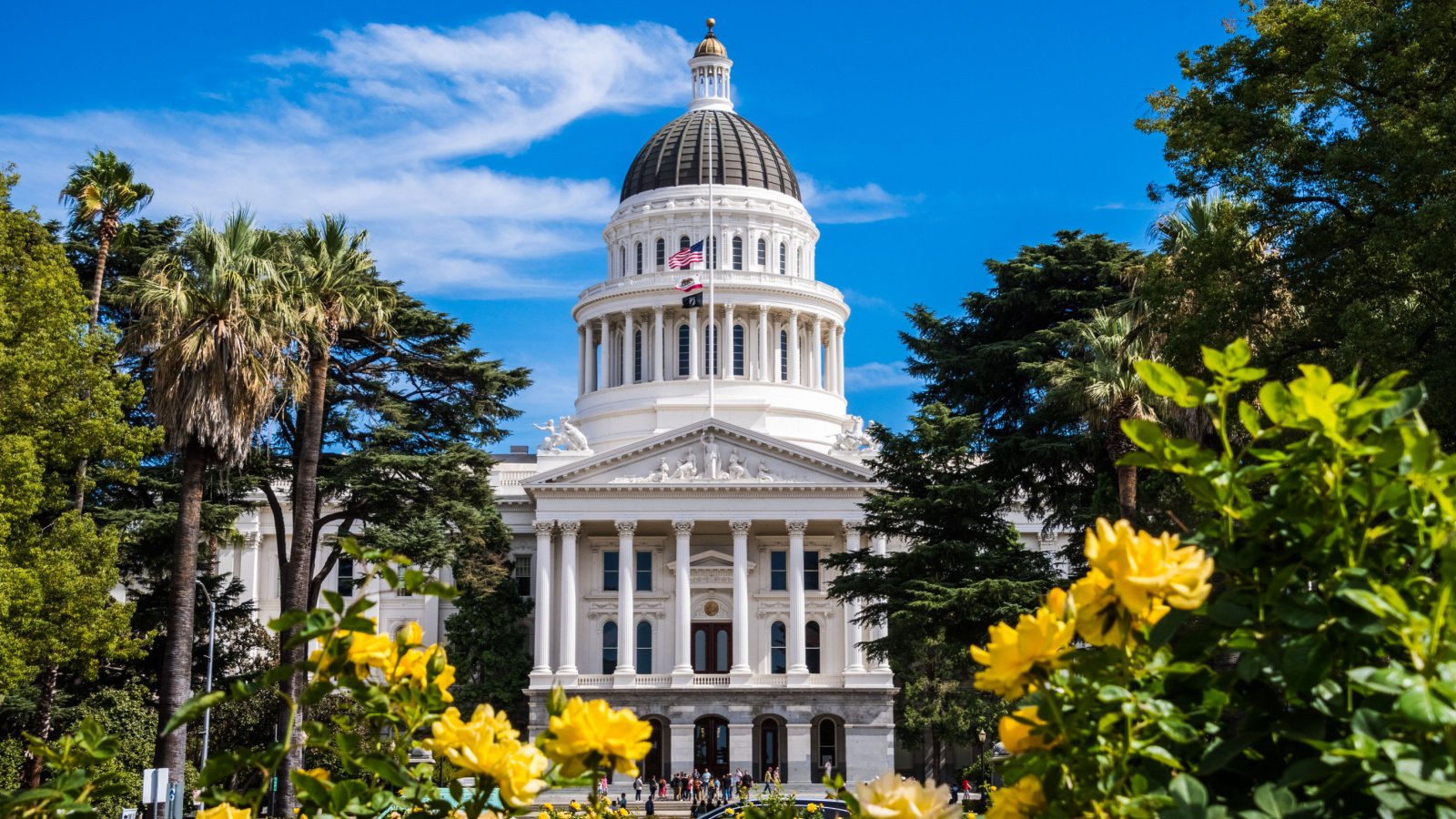
Sacramento’s airport features relatively short walks, with its modern design focused on minimizing passenger fatigue. Art installations and large windows offering views of the surrounding landscapes enhance the experience. SMF’s layout ensures that even the furthest gate is a manageable distance.
Baltimore/Washington International Thurgood Marshall Airport (BWI)

At BWI, the efficient layout ensures short walks, typically under 10 minutes, from security to the furthest gates. Its compact design is complemented by frequent shuttles and helpful staff. The airport also offers a fitness trail, adding an element of fun to the travel experience.
Cleveland Hopkins International Airport (CLE)
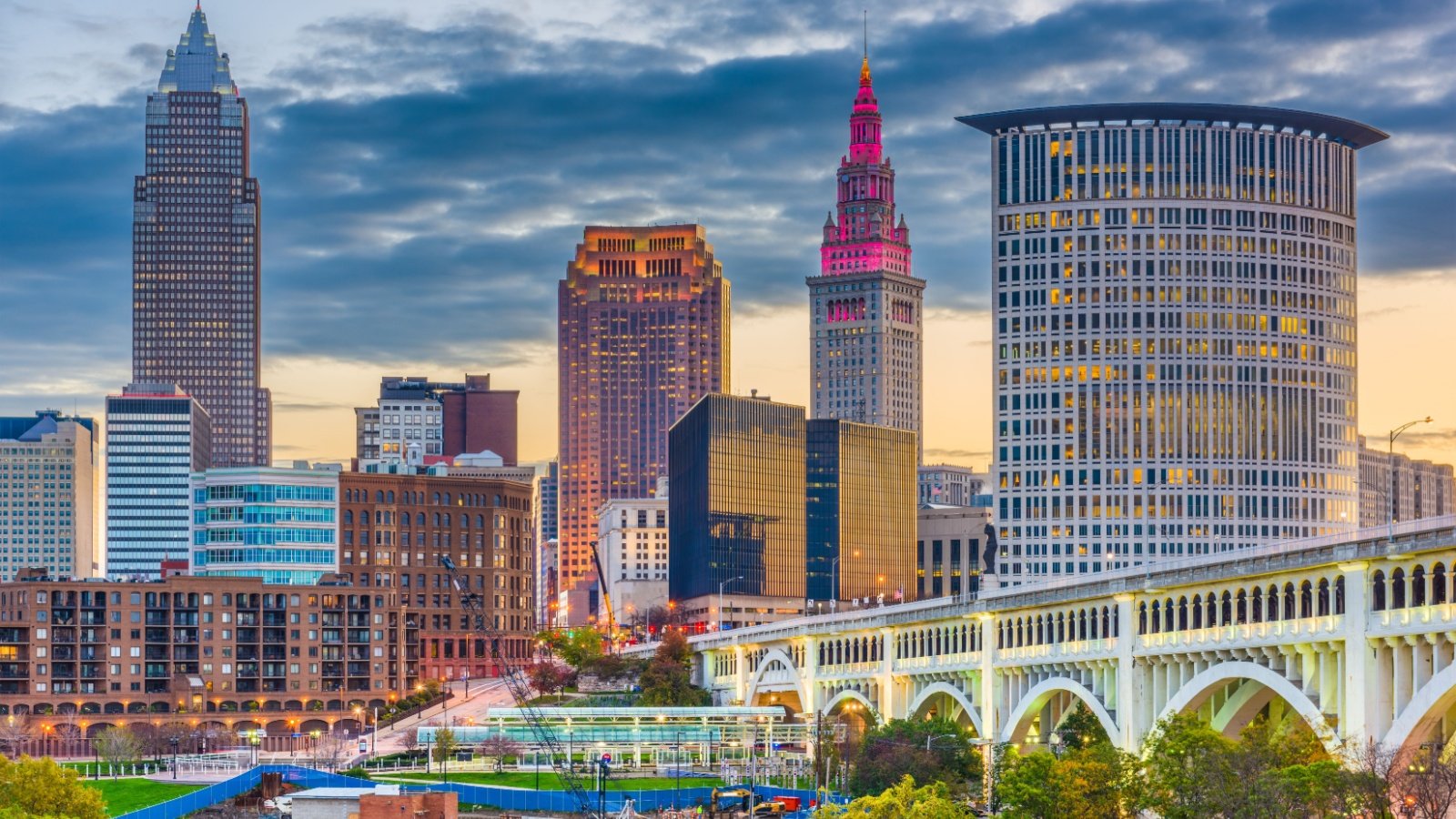
Cleveland’s main terminal allows for quick transitions, with most gates reachable within a 10-minute walk from security. The airport’s smaller size makes it easy to navigate and less overwhelming than larger airports. CLE’s recent upgrades have focused on enhancing the speed and ease of passenger flow.
Palm Springs International Airport (PSP)

Palm Springs International offers one of the shortest walks in U.S. airports, with its intimate layout ensuring no gate is too far. The open-air concourses and views of the desert mountains make even the shortest strolls memorable. PSP is favored by travelers who prefer a relaxed and scenic airport experience.
Long Beach Airport (LGB)
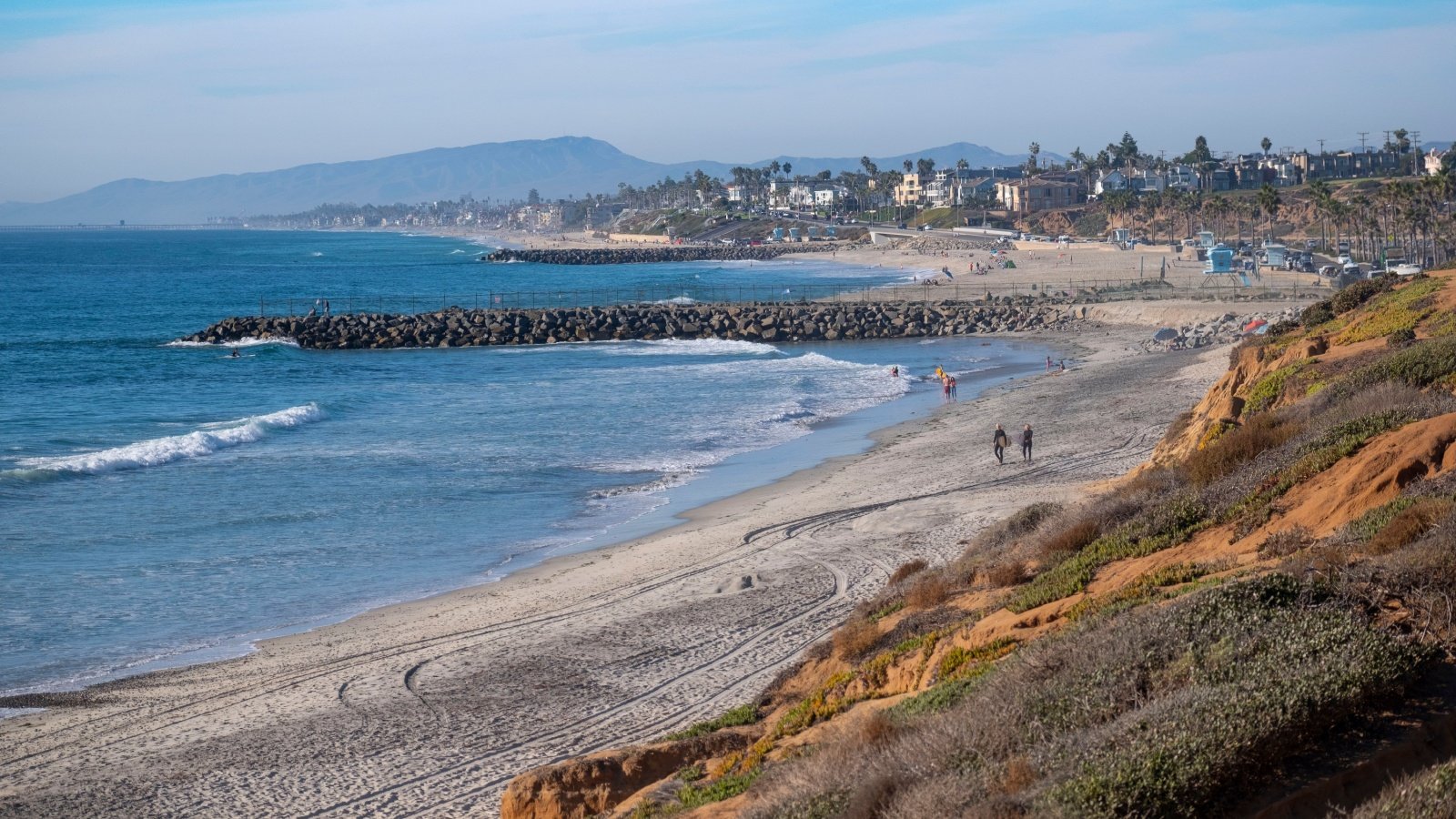
LGB features extremely short walks, often taking only a few minutes from security to the gate, thanks to its small size. The airport’s streamlined services and lack of congestion provide a stress-free start to any journey. Its historic terminal and outdoor boarding areas add to the unique charm of the airport experience.



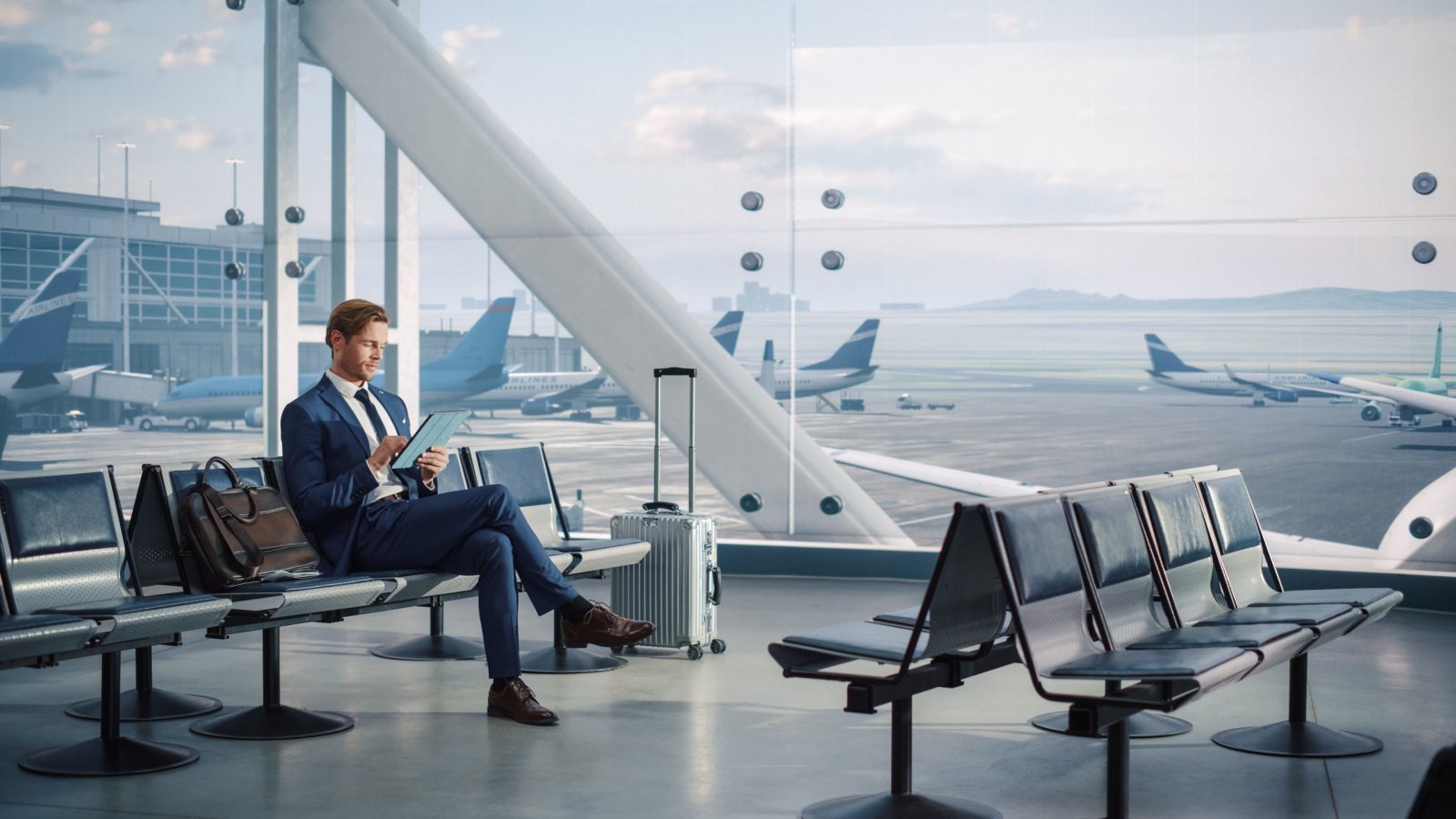




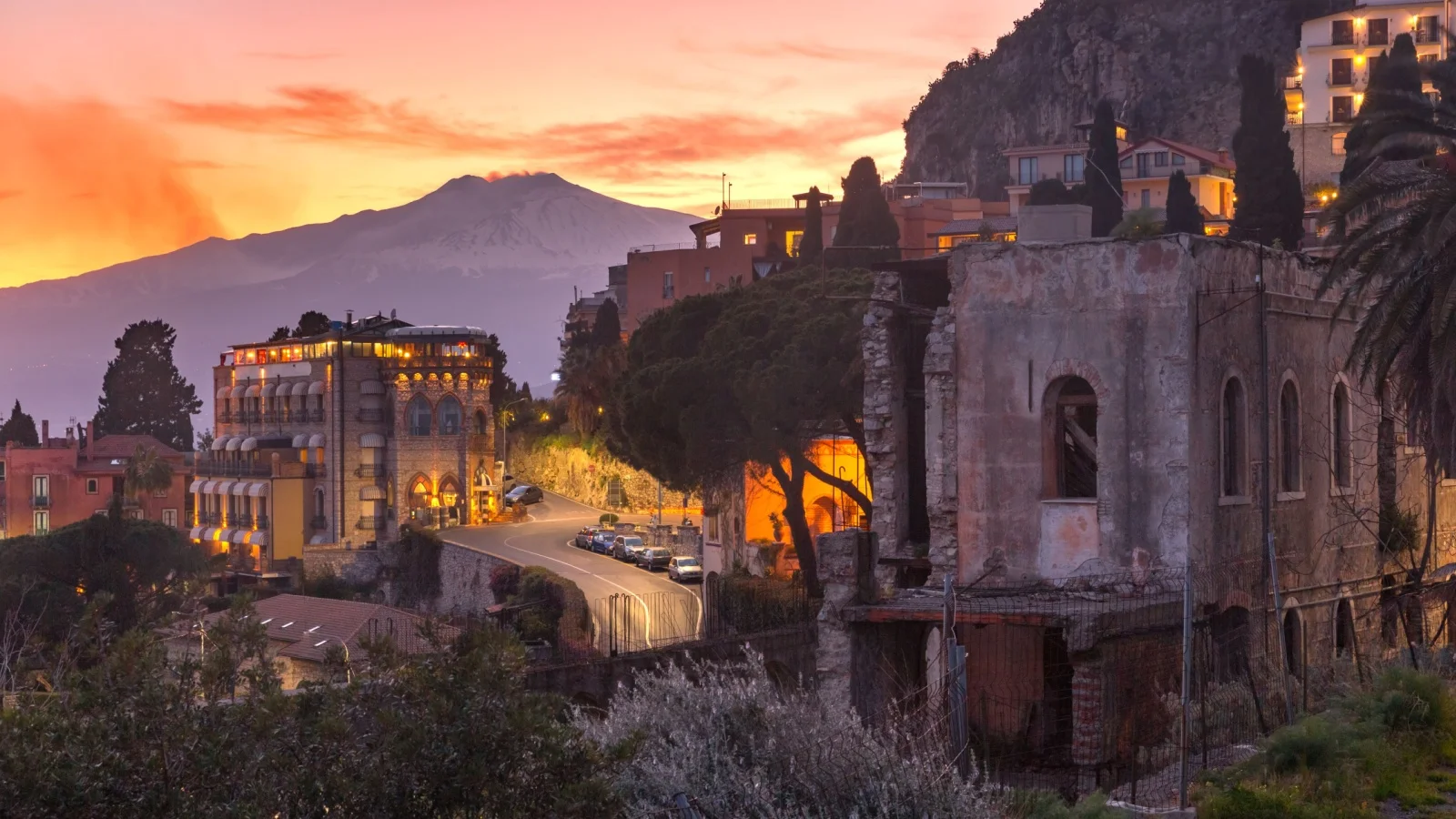
Hier gibt es eine große Auswahl an Spielen und man kann bequem von zu Hause aus spielen. Wer nicht nach Las Vegas reisen möchte oder kann, hat die Möglichkeit, in Online-Casinos zu spielen. In den Casinos herrscht oft eine laute und rauchige Atmosphäre,
die zu gesundheitlichen Problemen führen kann.
Einige Casinos haben jedoch ein hohes Sicherheitsniveau und bieten Schutz für ihre Gäste.
Das MGM Grand Casino ist das größte Casino in Las Vegas und bietet eine Vielzahl von Spielen, Restaurants und Unterhaltungsmöglichkeiten. Hier findest du
alle Infos zu den besten Weinproben in Las Vegas und Umgebung.
Ernie’s Casino wird in North Las Vegas eröffnet
und besteht bis 2001, als es zerstört wird, um Platz für das
Wildfire Casino zu machen. Das Caesars Palace wird eröffnet.Aladdin wird
eröffnet (früher King’s Crown, jetzt Planet Hollywood).
Das ursprüngliche MGM Grand wird an der Stelle gebaut, an der sich früher das Bonanza Casino befand und wo heute das Bally’s
ist.Das Holiday Casino wird eröffnet, das später zu Harrah’s wird.Das Ambassador wird eröffnet
(später La Mirage und dann Key Largo).
References:
https://online-spielhallen.de/revolution-casino-aktionscode-ihr-schlussel-zu-exklusiven-vorteilen/